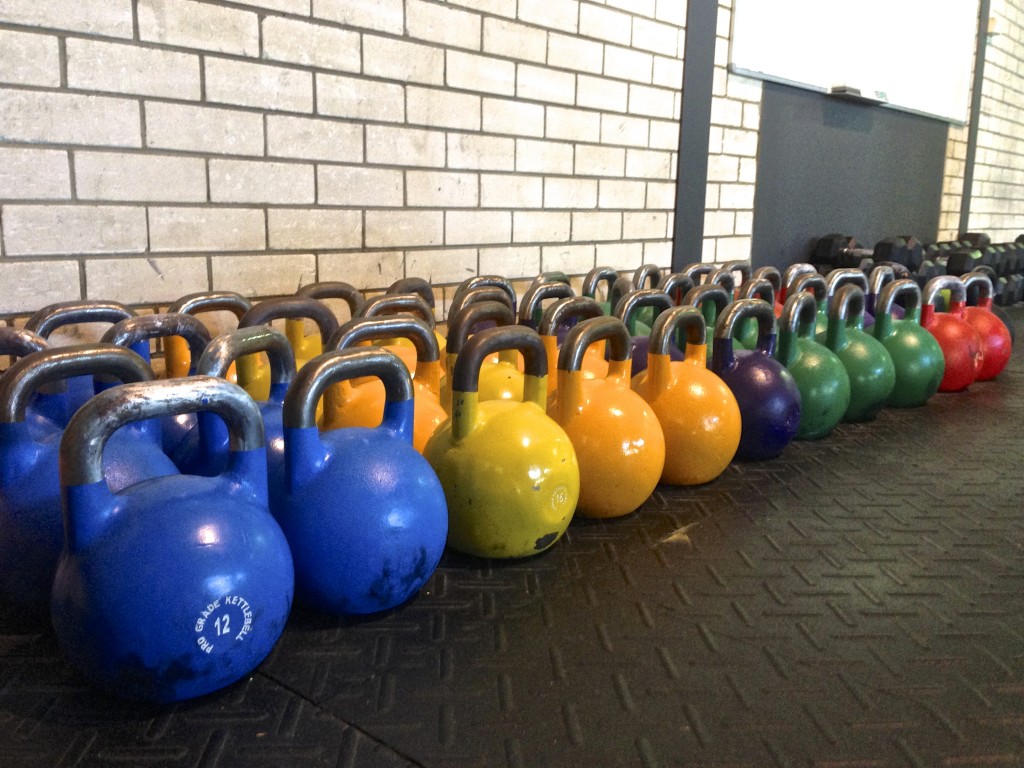
Kettlebells can be a game-changer for anyone looking to build muscle and definition in their arms. These versatile tools provide a fresh approach to strengthening and toning the arms and, by extension, the whole body. In this blog, we’ll show you a kettlebell arm workout to build stronger arms. No matter how much or how little experience you have with the kettlebell, the exercises here will help you build the kind of strong, toned arms you can be proud of. Get your kettlebells ready because we’re about to start!
Recognizing the Positive Effects of Kettlebell Exercise
The benefits of using kettlebells for arm strength training must be understood before we begin. Kettlebell exercises are great for building functional strength and coordination because they target multiple muscle groups at once. They provide a full-body arm workout by challenging your grip, forearms, biceps, triceps, and shoulder stabilizers. In addition, the dynamic movements inherent in many kettlebell workouts incorporate cardiovascular elements into your routine.
How to Choose the Correct Kettlebell Weight
Choosing the right kettlebell weight is essential for a safe and productive workout. Too little weight won’t provide enough of a challenge to your muscles, while too much will increase your chance of injury. Some suggestions for settling on the right kettlebell weight:
Assess Your Current Fitness Level
Think about how strong you are and how fit you are right now. If you’re just getting started with kettlebells or resistance training in general, it’s best to use a lesser weight at first so you can focus on form and technique. If you are well-trained and strong, you can begin with a somewhat heavier weight.
Focus on Form and Technique
Putting appropriate form and technique ahead of using a significant weight is critical. Learning the proper movement patterns will help you avoid injuries and maximize your results. Begin with a weight allowing you to complete each exercise with good form and control.
Choose a Weight That Challenges You
The weight of the kettlebell you choose should provide enough resistance to challenge your muscles. The exercise should be moderately strenuous, but you should maintain proper form and finish the appropriate number of repetitions with control. Consider raising the weight if the weight feels too light, or you can accomplish many more reps without tiring.
Perform a Trial Set
If you need help deciding what weight to use, try a trial set of the exercise with a kettlebell you believe could be appropriate. Take note of how your muscles feel and how well you can keep good form. If the weight feels too low for the next set, increase it. Lower your weight proportionately if it feels too heavy and interferes with your condition.
Gradually Progress
As you get more robust and more comfortable with the movements, gradually raise the weight of your kettlebell to keep your muscles challenged. Aim for a weight that permits you to do the activities with proper form and technique while feeling challenged within your chosen rep range.
Remember that beginning with a lighter weight and gradually advancing is usually preferable to starting too heavy and risking injury. Pay attention to your body and adjust the weight as needed. Kettlebells are typically sold in increments of 4-8 kilos (9-18 pounds), allowing you to raise the importance as required progressively.
A fitness professional or kettlebell teacher may also provide individualized instruction and ensure you choose the optimal weight depending on your unique needs and goals.
Warm-up Routine
Warm up your body before beginning your arm training to avoid injury and maximize effectiveness. A dynamic warm-up focusing on your shoulders, arms, and wrists will prepare your muscles and joints for subsequent workouts. Warm-up motions that are beneficial include arm circles, shoulder rolls, wrist rotations, and modest shoulder presses with kettlebells.
Essential Arm Exercises with Kettlebells
Kettlebells offer a wide range of essential arm exercises that target various muscle groups, helping you build strength and tone your arms effectively. It includes:
Kettlebell Swing
Begin by learning how to do the basic kettlebell swing, which works your shoulders, forearms, and core. Holding the kettlebell with both hands, stand with your feet shoulder-width apart. Swing the kettlebell between your legs while hinged at the hips and maintaining your back flat. Drive your hips forward explosively, swinging the kettlebell to your chest while keeping your arm straight.
Kettlebell Press
This workout focuses on your shoulders, triceps, and upper back. Hold a kettlebell in each hand, palms facing inward, at shoulder level. Press the kettlebells overhead, extend your arms completely, and return to the starting position.
Kettlebell Bicep Curls
Stand with your feet shoulder-width apart and a kettlebell at arm’s length in each hand. Curl the kettlebells up toward your shoulders while maintaining the elbows tight to your sides and squeezing your biceps at the apex of the action. Return the kettlebells to the starting position with control.
Kettlebell Tricep Extensions
Begin with standing with your feet shoulder-width apart and both hands on a kettlebell. Raise the kettlebell above your head while maintaining your upper arms near your ears. Bend your elbows slowly, lowering the kettlebell behind your head. Return your arms to the beginning position while engaging your triceps.
Kettlebell Hammer Curls
In each hand, use a neutral grip (palms facing your body) to hold a kettlebell. Curl the kettlebells up toward your shoulders while keeping your elbows tight to your sides. Maintaining the neutral grip, slowly lower them back down.
Designing a Workout Routine
Now that you’ve mastered these essential arm exercises, it’s time to plan your workout. Aim for two to three sets of each exercise with 10-15 repetitions. Remember to allow recovery by resting for 60-90 seconds between sets. Include these exercises in your general fitness routine twice to thrice weekly to allow your muscles to rest and recuperate between workouts.
Conclusion
Kettlebells can help you develop powerful and well-defined arms. You may build your arm muscles while improving your fitness by including these kettlebell workouts in your training program and progressively increasing the weight. To avoid overexertion or injury, prioritize appropriate form and technique and listen to your body. Your arm strength and definition will increase noticeably with consistency and dedication. So grab those kettlebells and get started on your quest to solid arms!






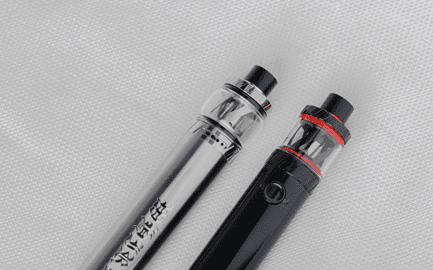


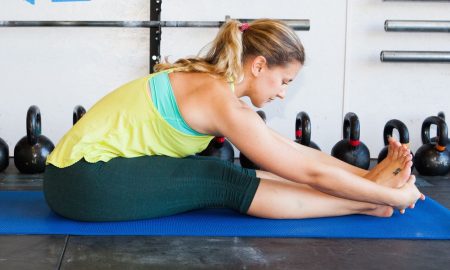
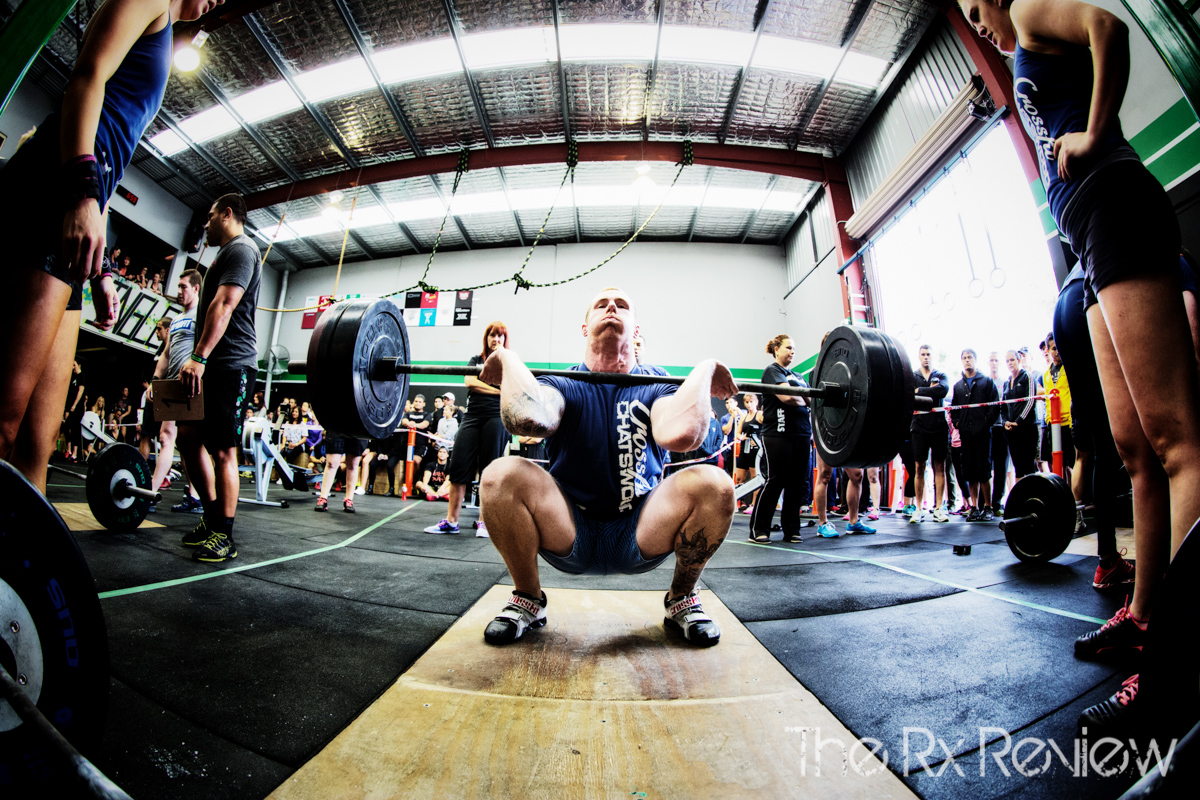


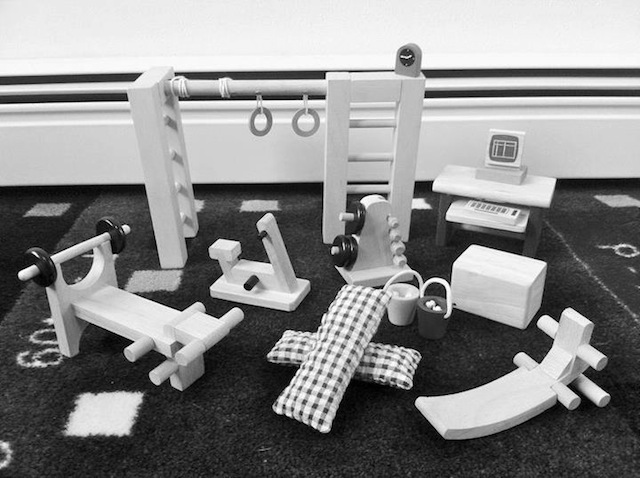


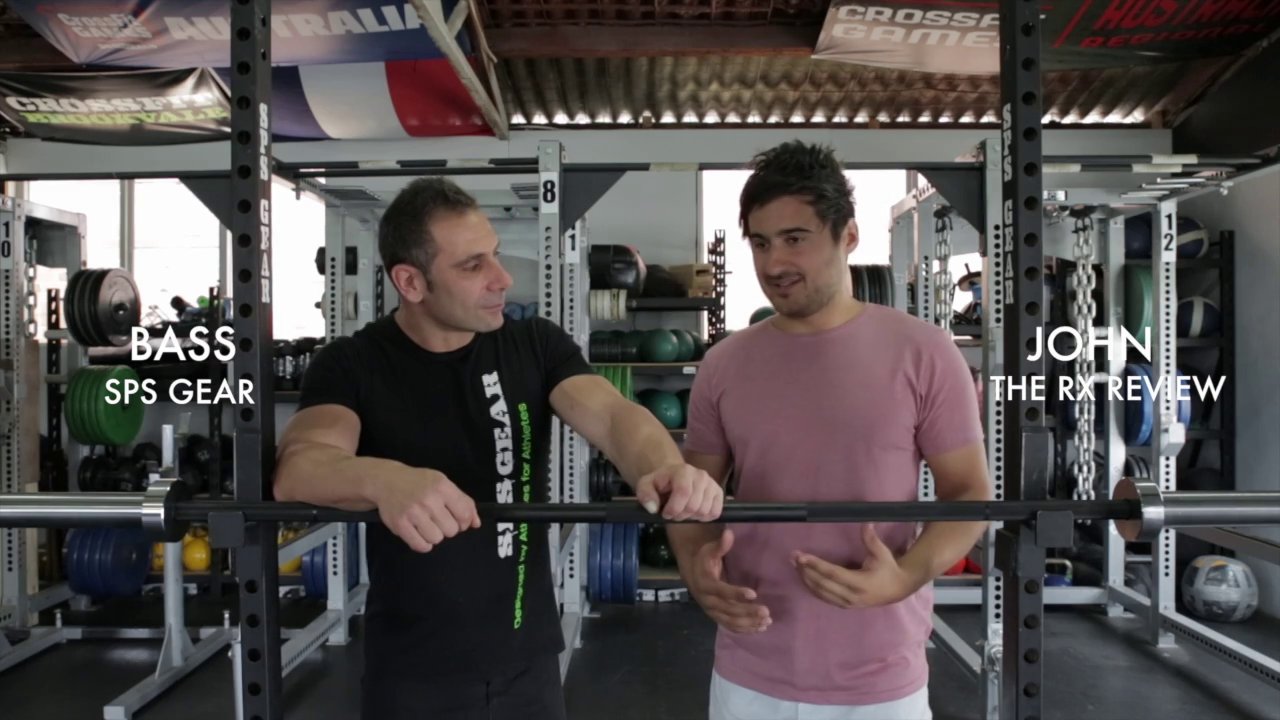
Follow Us